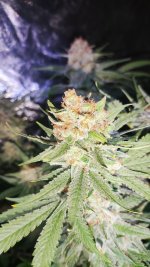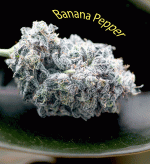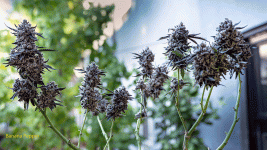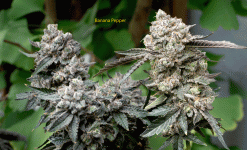greyfader
Well-known member
hey buddy! i guess we still have cannabis as common ground. and, even though we've had our differences on issues not related to growing, i still respect you and wish you the best.The sun isn’t a good example for indoor single point lighting. For one the bottom of your plant will never be twice as far from the sun as the top. Indoors it’s the norm.
I also have a question for anyone that can answer. What is ppk?
the ppk system is an experimental growing system i first designed mentally while in recovery from a liver transplant 15 years ago.
i had 13 years of traditional hydroponic experience before that, and 20 years of commercial salt-water marine specimen collecting, holding, and shipping, before that. so, lots of water experience.
i don't want to derail this thread but it is the system that produced the plants in the link in my signature below.
it is a recirculating, closed loop, soilless system that is highly redundant with overlapping fail-safes to prevent crop loss and is extremely conservative on both water and nutrient use.
it is a flow pattern that can be built to any scale. people have built miniatures in armoires and computer cabinets, small to medium ones in tents and bedrooms, basements, etc, and large warehouse operations.
i have operated 2 warehouse grows, one mine and one where i was the director of controlled environment growing for a large cbd corp.
i will be doing another, detailed, updated ppk thread soon showing the how-to and the theories. this time using led lighting.
i pulled some of the best pics from the thread "something wicked this way comes" under my former handle, delta9nxs, here on icmag.









